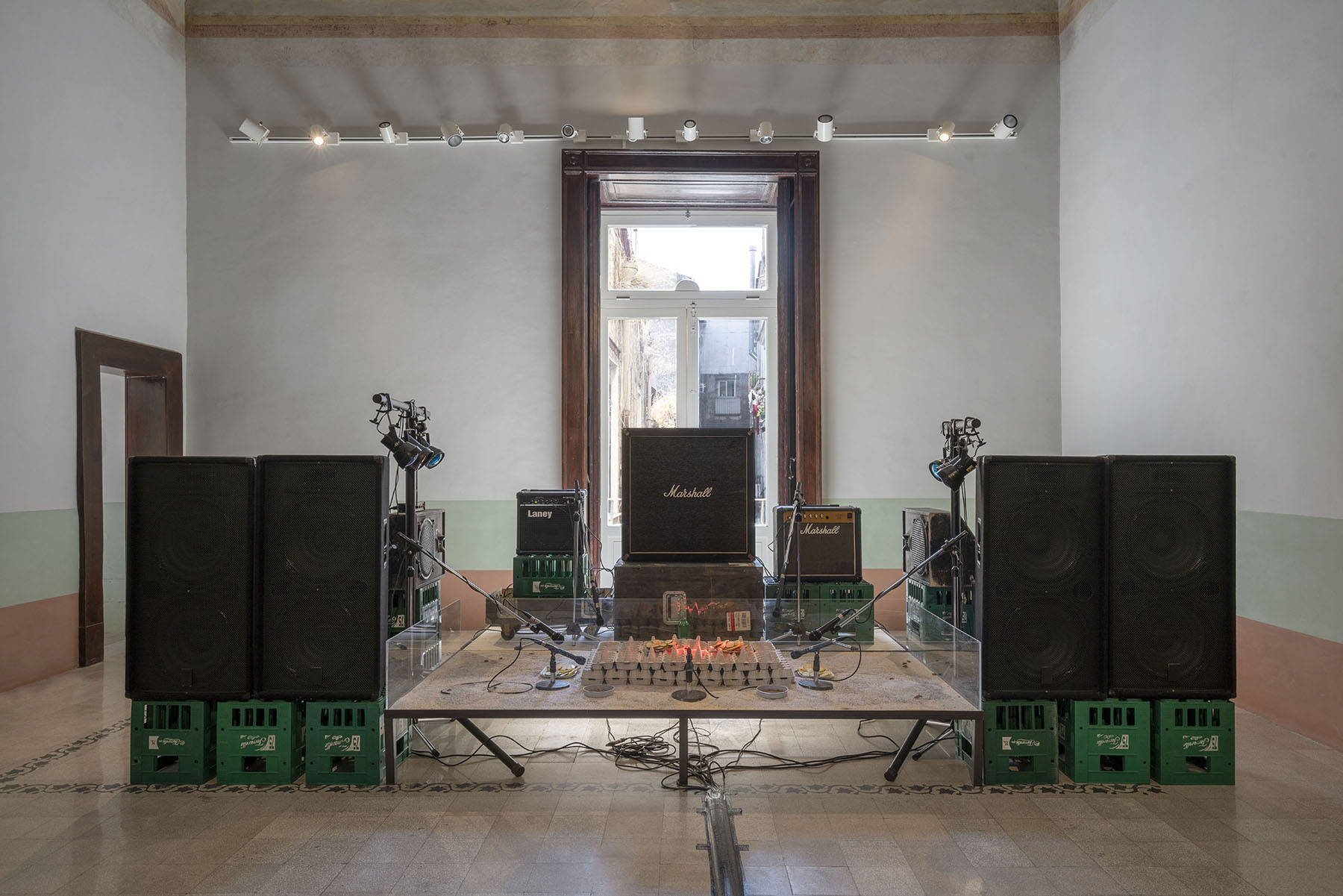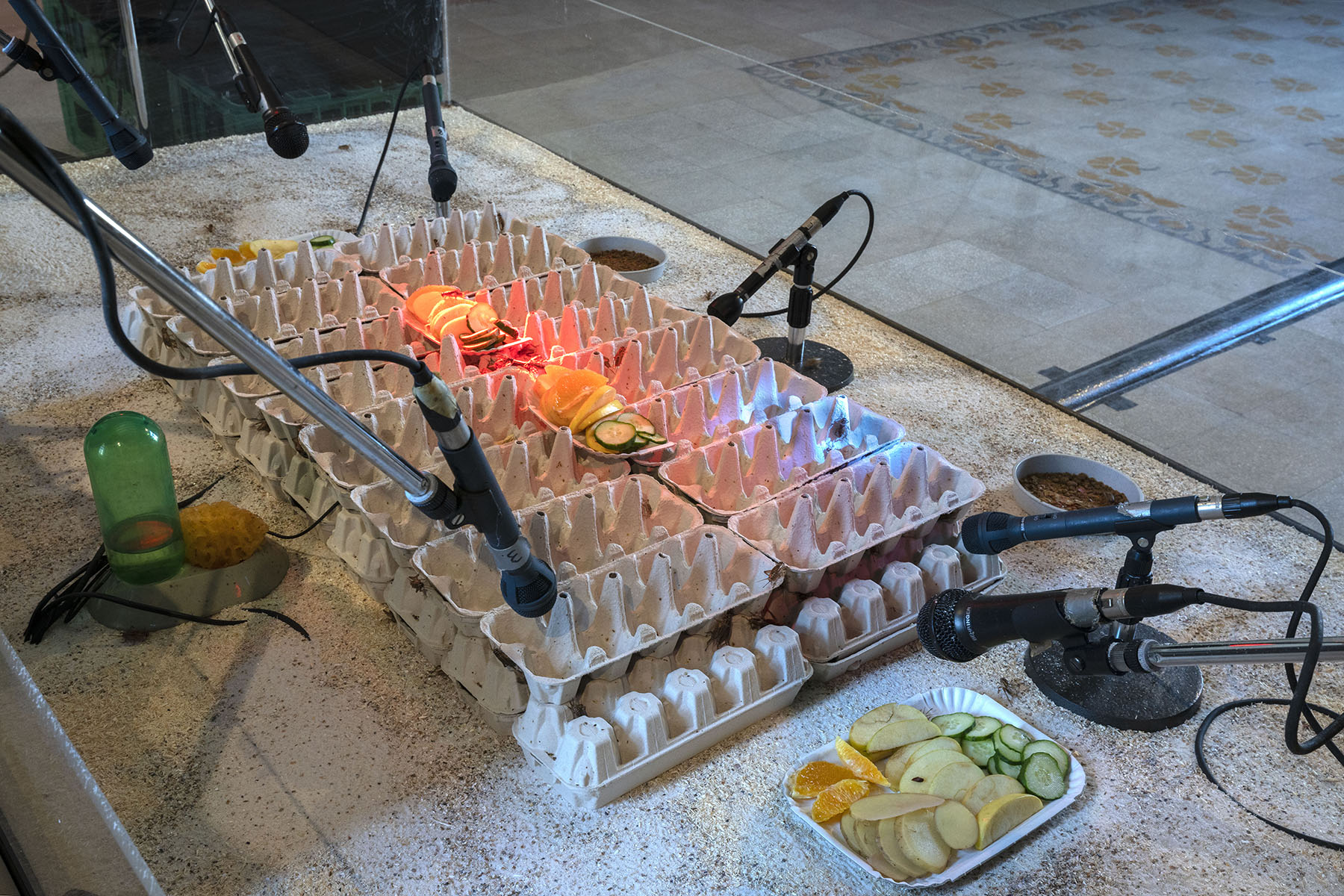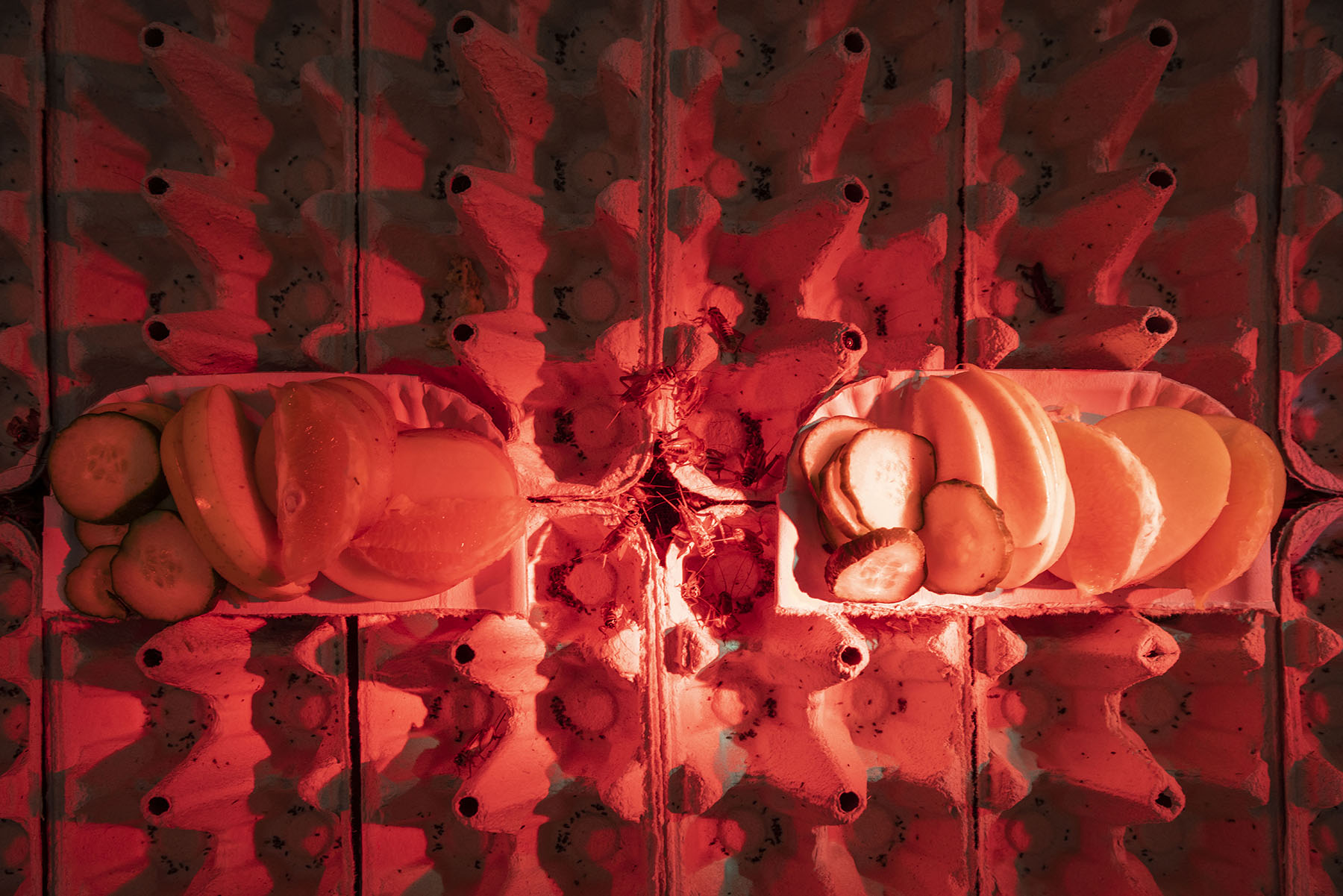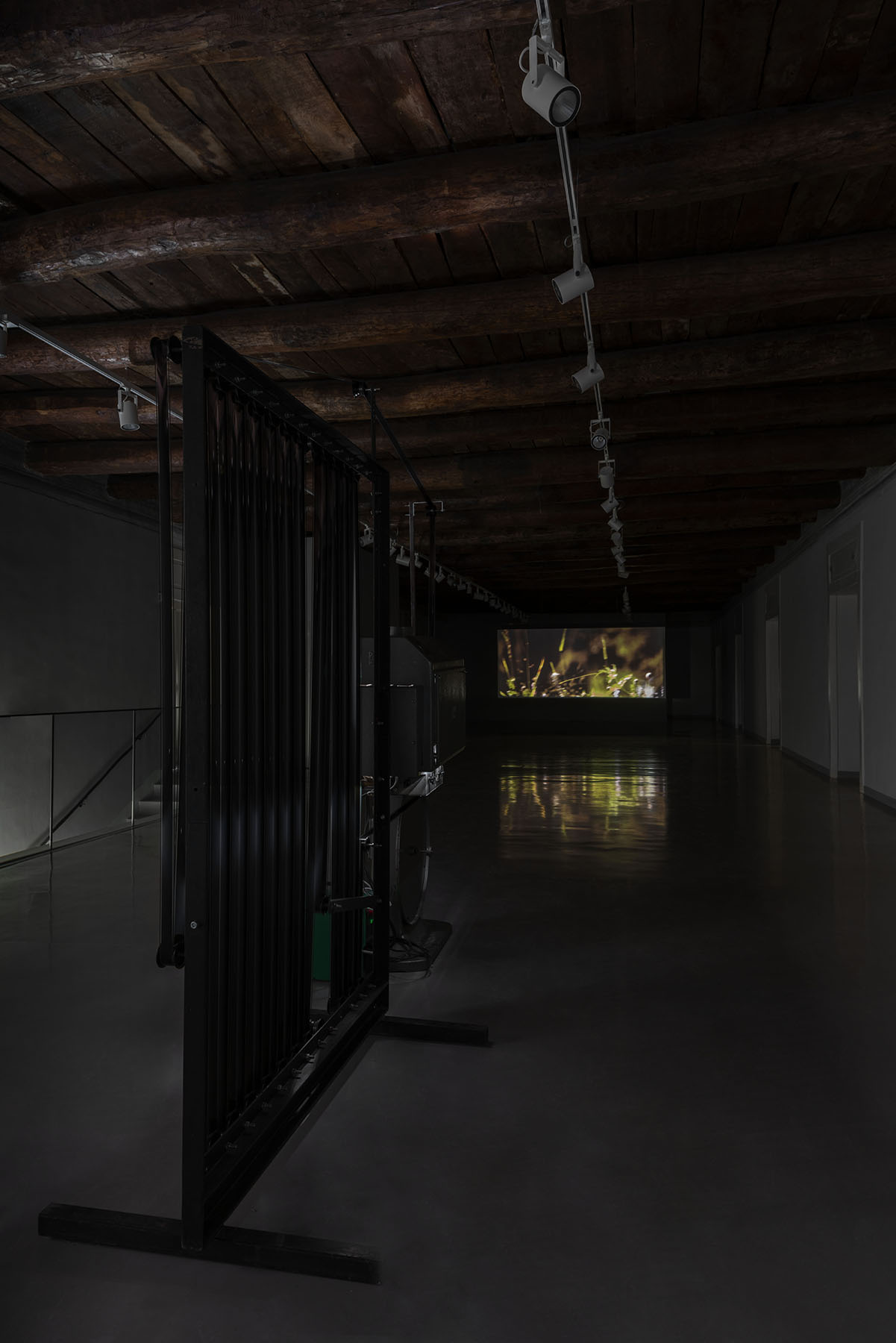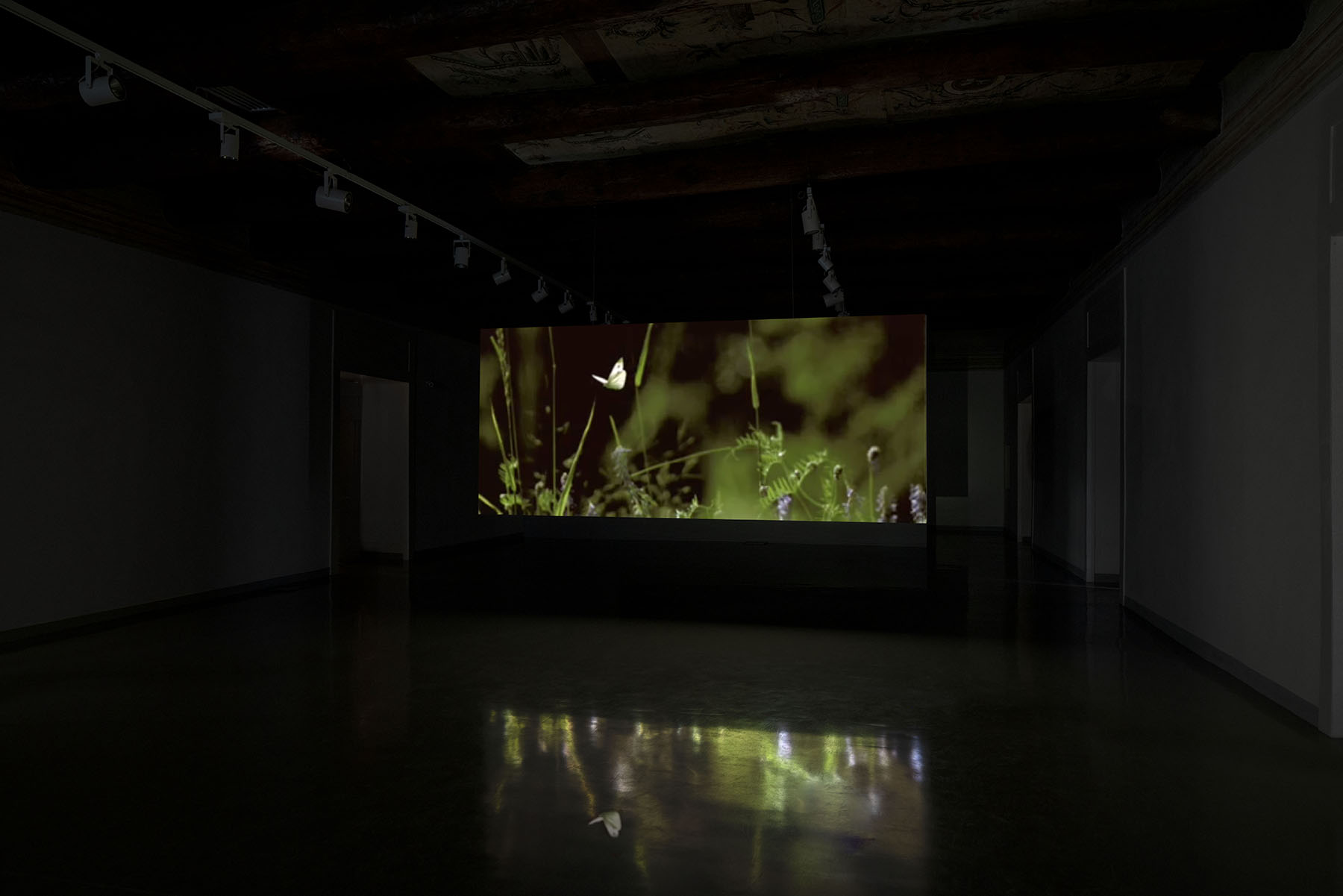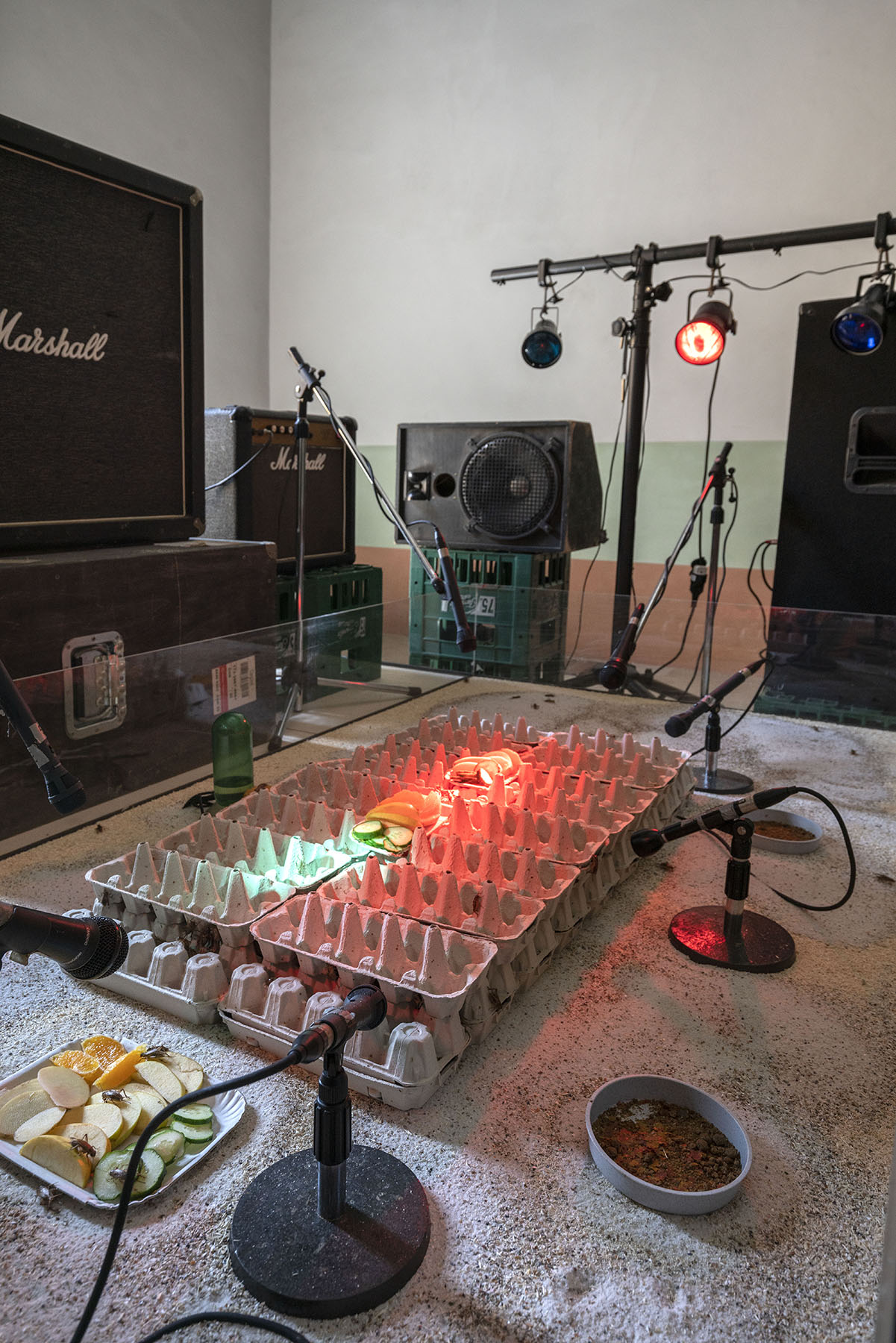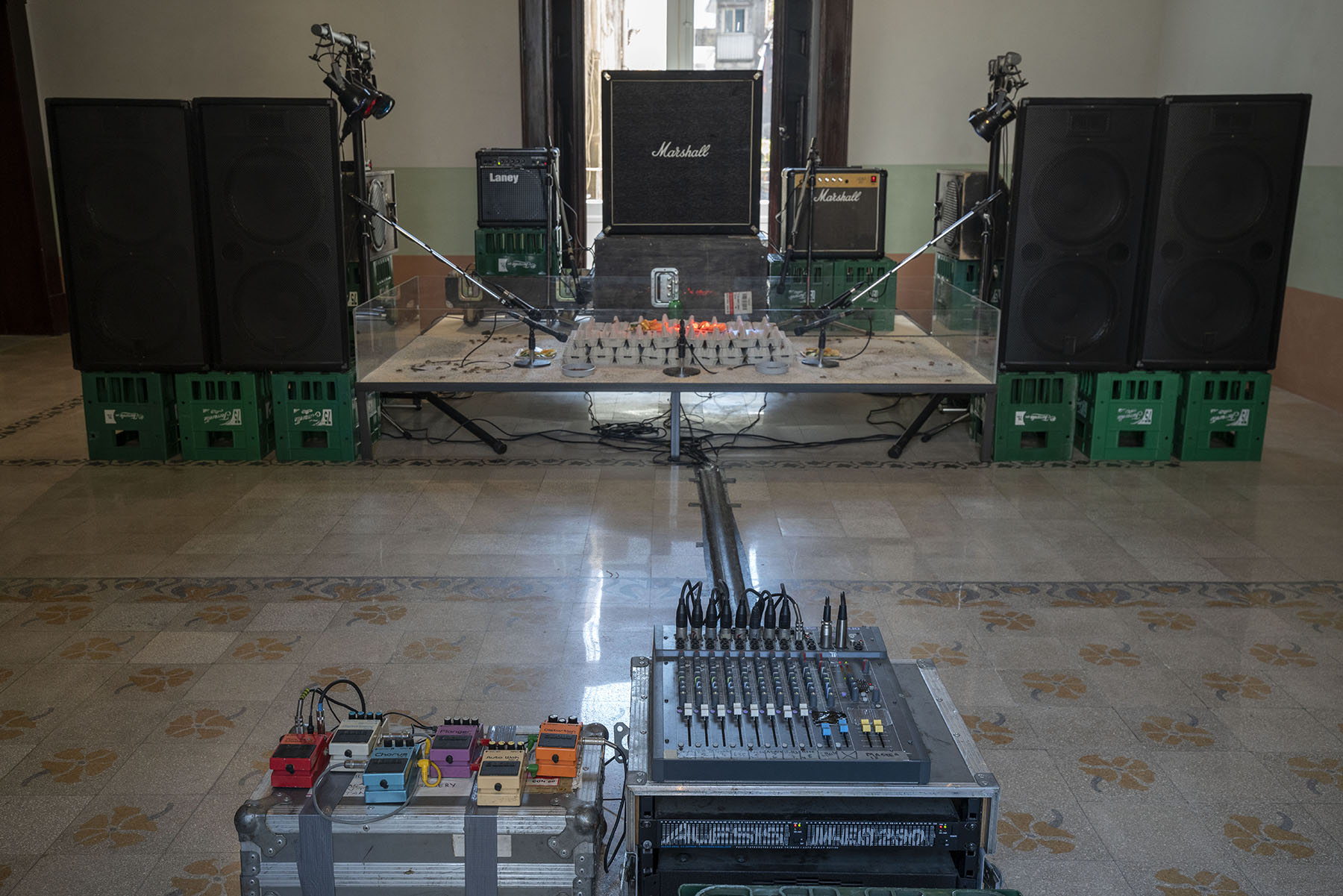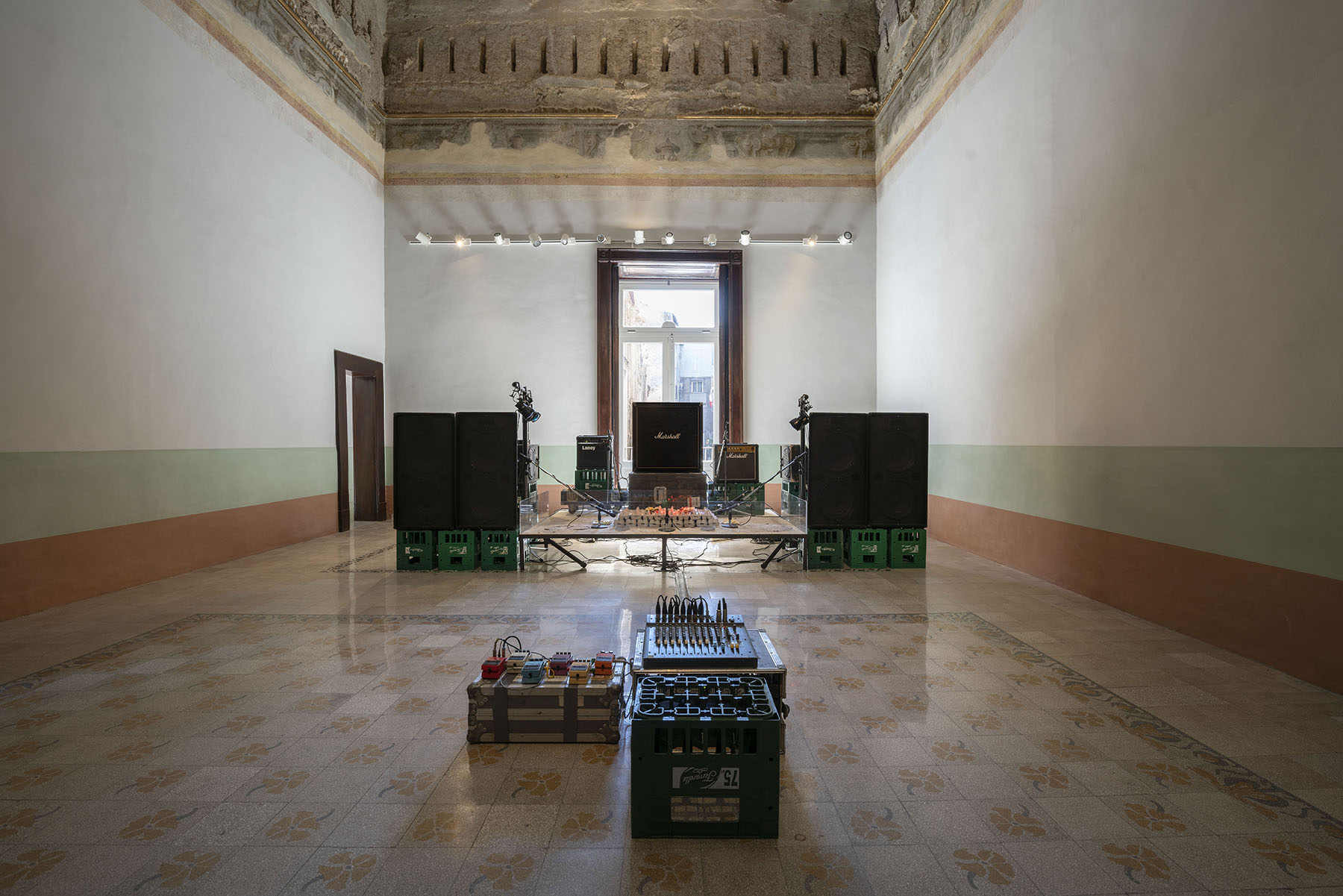29062019 \\ 07092019
On the occasion of the reopening of the renovated spaces of Palazzo Caracciolo di Avellino, Fondazione Morra Greco is proud to present the first of a series of exhibitions from Collezione Morra Greco. The Collection, which includes more than a thousand works by around two hundred contemporary artists, will be exhibited in Naples, for the first time, through curatorial paths or individual focuses, alongside the program of residencies and new productions introduced by Fondazione Morra Greco.
Håkansson’s practice has developed over the years, keeping the nature and the conditions of observation of it at its very centre.
His research stems from a personal point of view, from a sincere desire to experience nature, both in a physical and in a contemplative way, concentrating on minute and fragmented aspects of it: tiny ecosystems, animals’ behaviors, lonely specimens.
The artist, by engaging a quasi-scientific approach, uses technology in order to document and reproduce, or to recreate, biological systems within the exhibition space.
In carrying out this semantic shift, he challenges our expectations of the art and of the artistic gesture. Sometimes, he devises his works through references to mass culture and the entertainment industry, in order to questioning the way in which nature is perceived, reproduced and trafficked by cultural devices.
‘JULY.20,2004 (pieris napi)’ (2005) is the footage of a butterfly, amidst thin strands of grass and tiny violet flowers, in a summery atmosphere. The work is essentially based on the observation and documentation of a sudden and uncontrollable event, through a technologic instrument. The artist, with a fixed camera, records the short flight of the butterfly from one peduncle to another. The expansion of the time of the flight, from 25 seconds to 1 minutes and 30’, reveals its delicate elegance, unveiling otherwise invisible details of its kinematic. With the silent and graceful flight of the butterfly, the artist juxtaposes the heavy and obsolete projector, with its analogical creaking. The machine, while performing its primary function, develops its sculptural potential and grows into a device for exploring the personal relation between the artist and the subject matter of his research.
‘The Monsters of Rock, Tour’ (1996) is an installation in which some crickets (Acheta domesticus) live. On a stage, the artist recreates a comfortable habitat for this species. However, the small and isolated ecosystem, in the exhibition space, is connected to a circuit of microphones and amplifiers. The males sing chants to females, transformed then by the audio system into a weird symphony. The crickets, at the bottom level of the food chain, commercialized as a meal for other animals, they are the stars of Håkansson’s installation, which misuses a sound system, very typical of rock concerts, to amplify and broaden the detail of their chant.
Henrik Håkansson does not conduct a scientific analysis, nor makes hypotheses or conclusions, he rather collects and presents data, leaving space for new and more complex meanings to emerge.
Through a gesture that is, first of all, a cure of a biological system, isolating minutiae and expanding our perception of it by means of technological devices, Henrik Håkansson confronts us with the evidence of our experience of nature which today is more then ever mediated. At the same time, he clears a path to the possibility, for us, to interconnect with it.
“In a natural world – that we are part of but we prefer to refer as Nature – there are so many realities, and so many questions, and it is perhaps very human to want to try and understand what is going on. If we weren’t amazed, maybe there would be no science. But perhaps my interest, in the end, comes back to looking at human interaction, our interaction with different ways of life, different creatures. How do we communicate, and how do we develop our cultural beliefs in relation to our social instincts? And what is the interation, the daily interaction, of our culture with what we call the natural world.” 1
1 Henrik Håkansson in dialogue with Will Bradley, Iaspis, Prospectus, Stockholm, Lund, 2007, p. 19
All images Courtesy Fondazione Morra Greco, Napoli
© Maurizio Esposito

